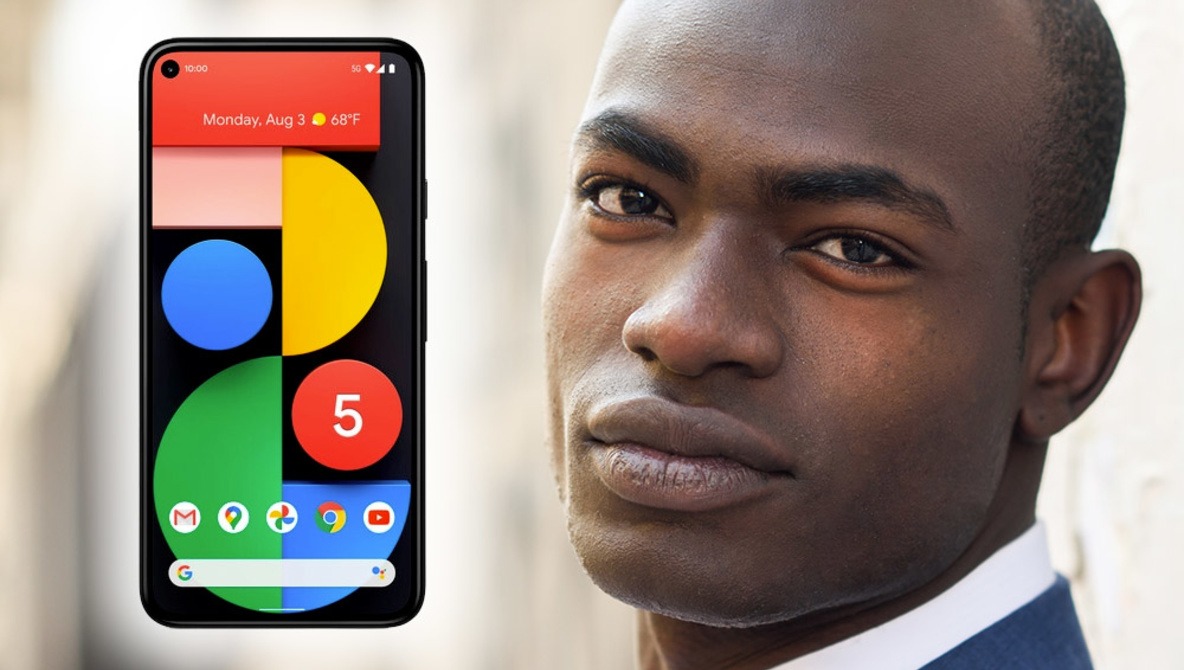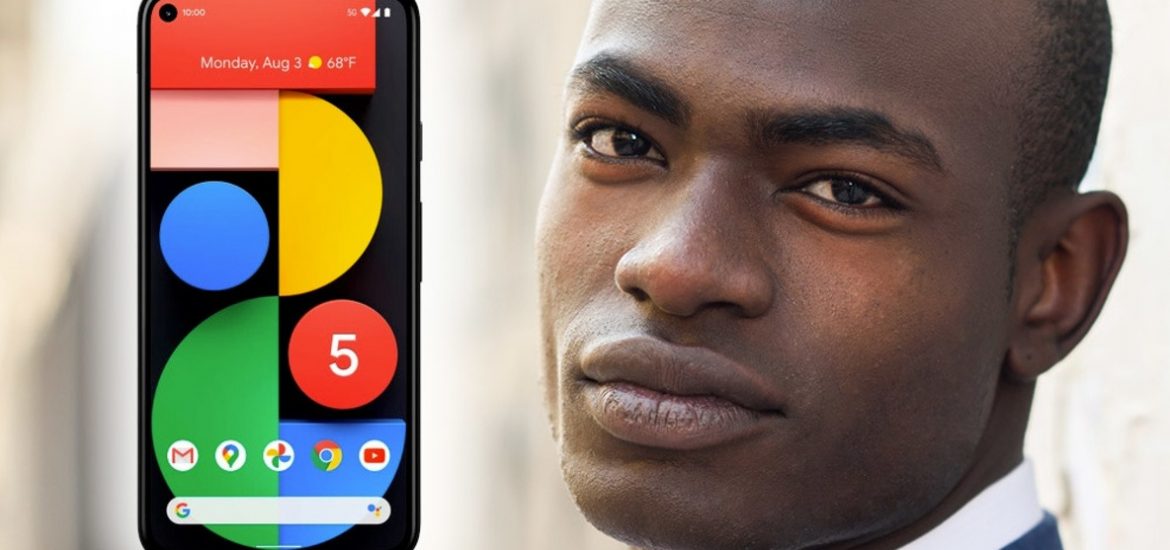
Google is changing the way that its Android smartphone cameras process darker skin tones in order to address historic problems relating to how people of color are portrayed in photographs.
Google’s Android VP Sameer Samat announced that the company is working on making its phones improve the way they render darker skin tones and different types of hair, drawing on a diverse range of experts as part of its development.
“As part of our ongoing commitment to product inclusion, we’re working to make technology more accessible and equitable,” Samat explained. The changes are expected to appear on phones later this year.
In the past, photographic processes have been geared towards lighter skin tones, as evidenced by the Shirley Card developed by Kodak, which was used to calibrate colors when processing images. More recently, it’s not unusual for even hugely respected photographers to come under criticism for struggling to portray dark skin, such as the Annie Liebovitz photograph of Simone Biles published on the cover of Vogue magazine last year.
Even in the digital era, technology has often failed to cope. Early webcams failed to track the faces of people with darker skin, and Twitter’s thumbnail algorithm continues to favor white faces over Black.
In a tweet, YouTuber Marques Brownlee welcomed this development, explaining that these changes had the potential to improve every smartphone camera:
